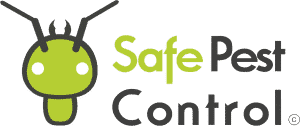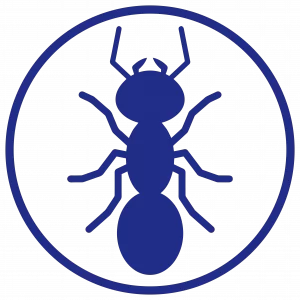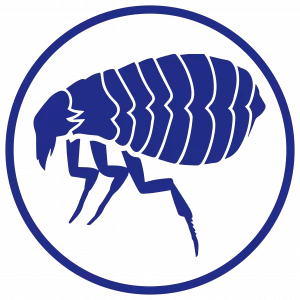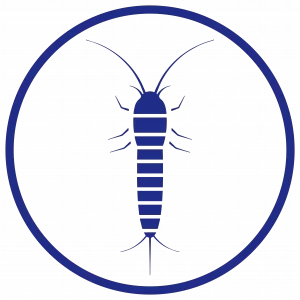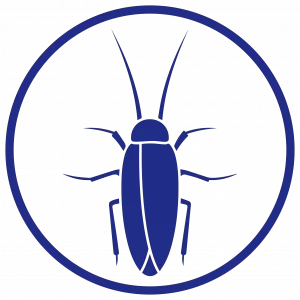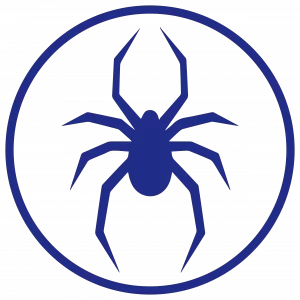Factory Pest Control
Receive 10% off Pest Control Services
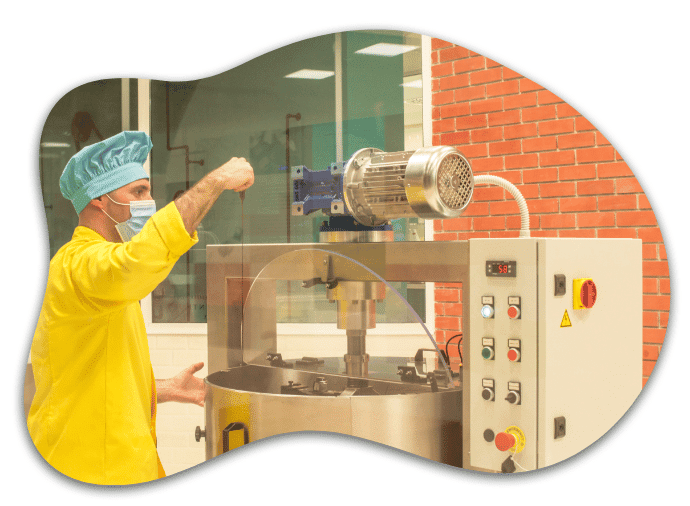
Leading Industrial Pest Control solutions In Sydney
Explore effective factory pest control solutions tailored for industrial settings. Discover integrated strategies to prevent infestations, ensure regulatory compliance, and maintain a safe, pest-free environment for your facility. Learn from experts about the latest in pest management technologies and best practices customized for factories. Keep your production line safe and efficient with our comprehensive pest control guides and tips
On-Time Service

5 STAR SERVICE BASED ON 100+ GOOGLE REVIEWS
PET & FAMILY FRIENDLY TREATMENT
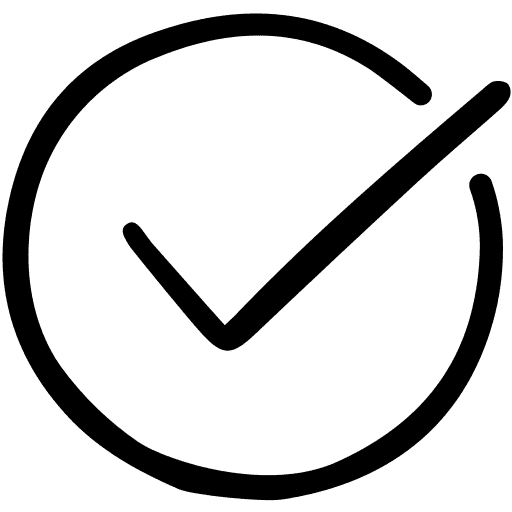
ALL YEAR-ROUND PROTECTION
Take Back Control Now
Factory Pest Control
Factories and manufacturing plants face a high risk from a variety of pest activities. Infestations and contamination can be major problems in production and storage establishments, particularly food and drink-related goods. Safe Pest Control Sydney is able to help through a variety of techniques such as baiting, trapping, proofing, sanitation, and monitoring devices to provide a constant protection cover all year round.
An infestation of rodents or cockroaches in your factory can cause serious damage to your company’s reputation and disrupt your supply chain. Insufficient factory or factory pest control programs can also hinder your ability to obtain or retain important accreditations like ISO22000, ISO 22003, and ISO 9001. This could pose a serious health risk.
Factories, warehouses, and manufacturing plants are more likely to be plagued by pests such as rats, mice, cockroaches, and Indianmeal moths than other buildings. This is because their processing areas often contain a large volume of a wide range of materials from different countries, sources, and suppliers. The potential for pest outbreaks in a production facility is very high. (Related: Restaurant Pest Control)
Pest infestation is especially dangerous for factories and other manufacturing plants that produce food. Flies, rodents, and stored product insects are attracted to food. ISO 22000 and ISO 22003 accreditations are required for food processing companies. These certifications require that food safety practices and pest control measures be in place.
The business that supplies Coles, Woolworth, or Aldi, will be subject to tougher regulations, Safe Pest Control provides pest management services.
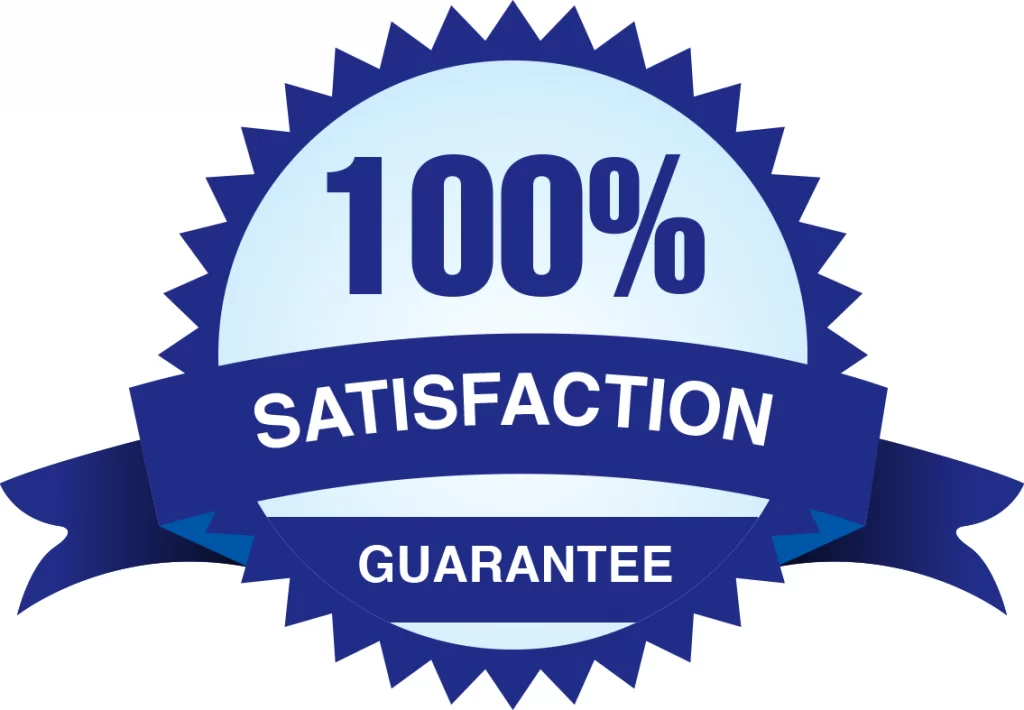

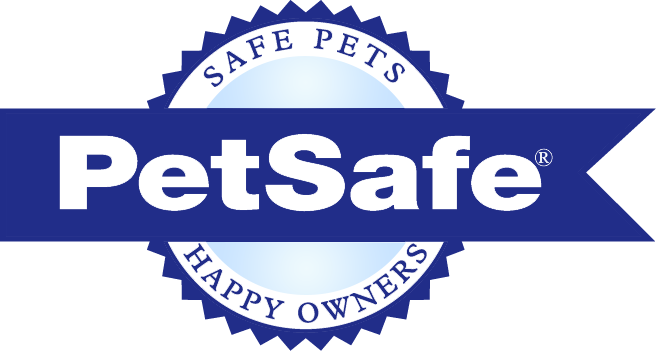
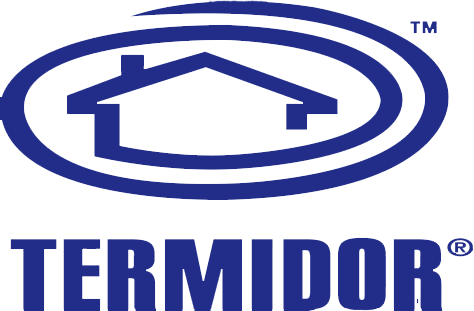
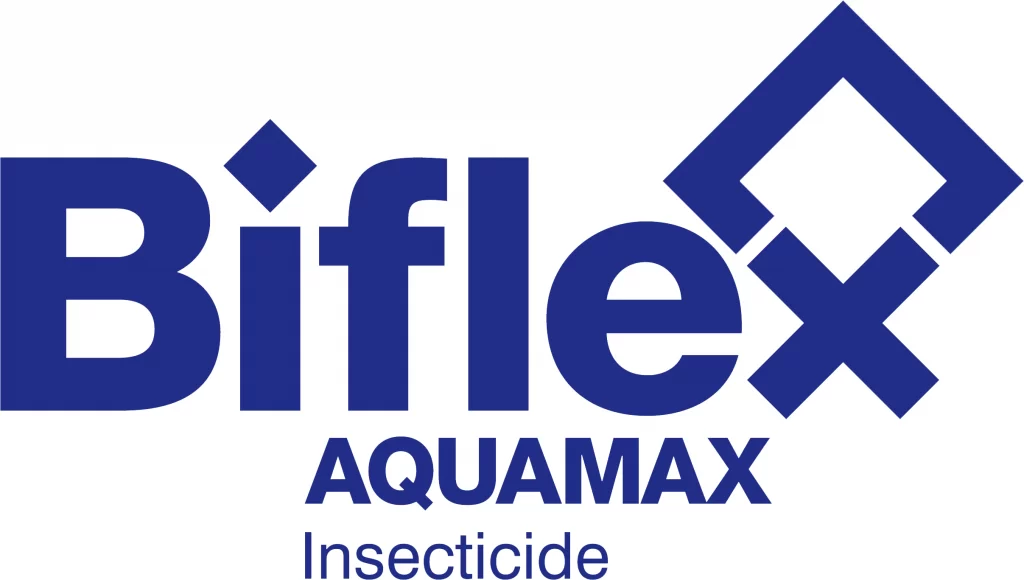
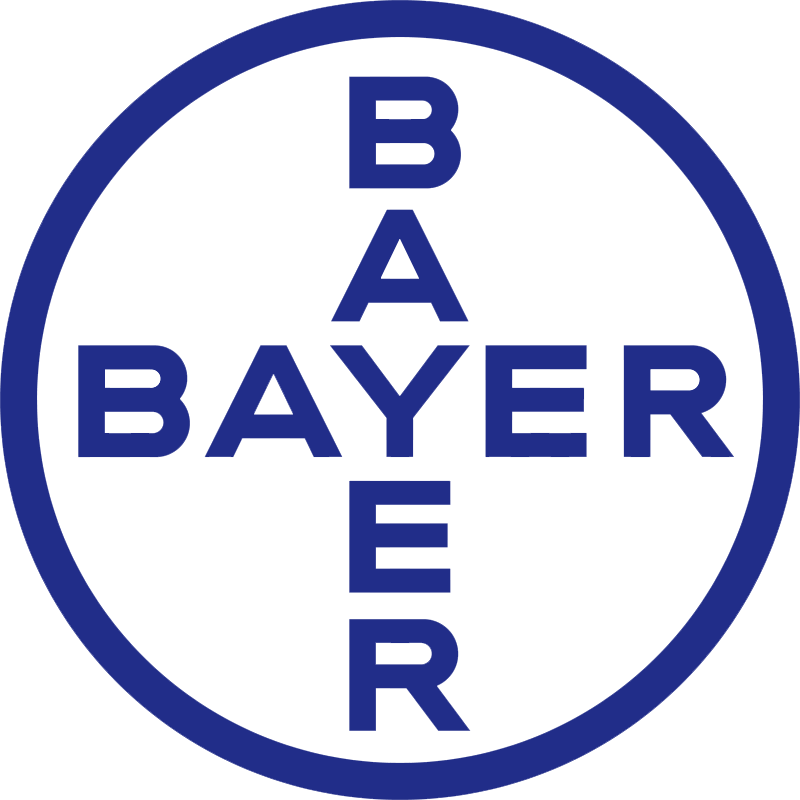
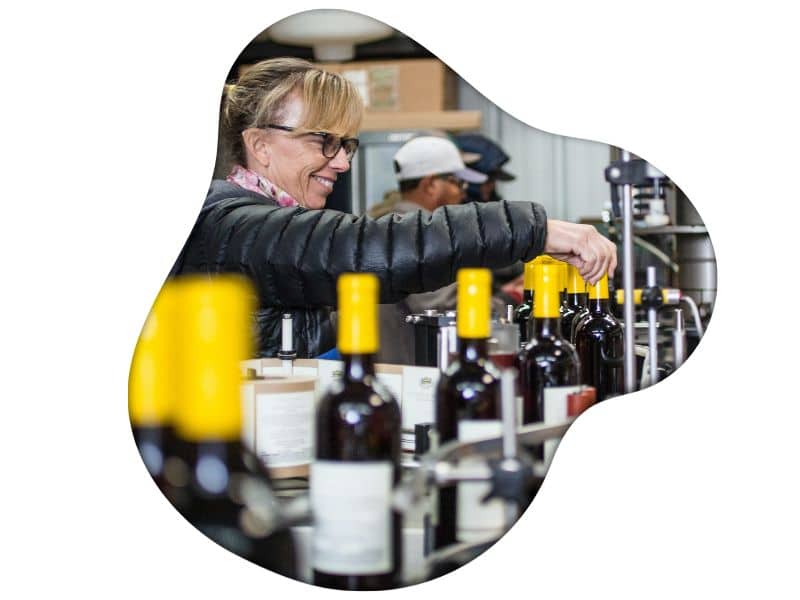
Best factory pest control in Sydney
Warehouse Pest Control Sydney
Complete site pest surveys
Our Commercial pest control technicians will conduct a thorough site survey to determine if there are any pest activities. Then, they will recommend the best commercial pest solution to eliminate or prevent future infestations. This will ensure your peace of mind and compliance with your factory. (Read: Strata Pest Control Services)
Comprehensive pest management programs
After a pest inspection has been done, we will create a comprehensive treatment plan of preventative and treatment measures to keep your warehouse or factory free from pests.
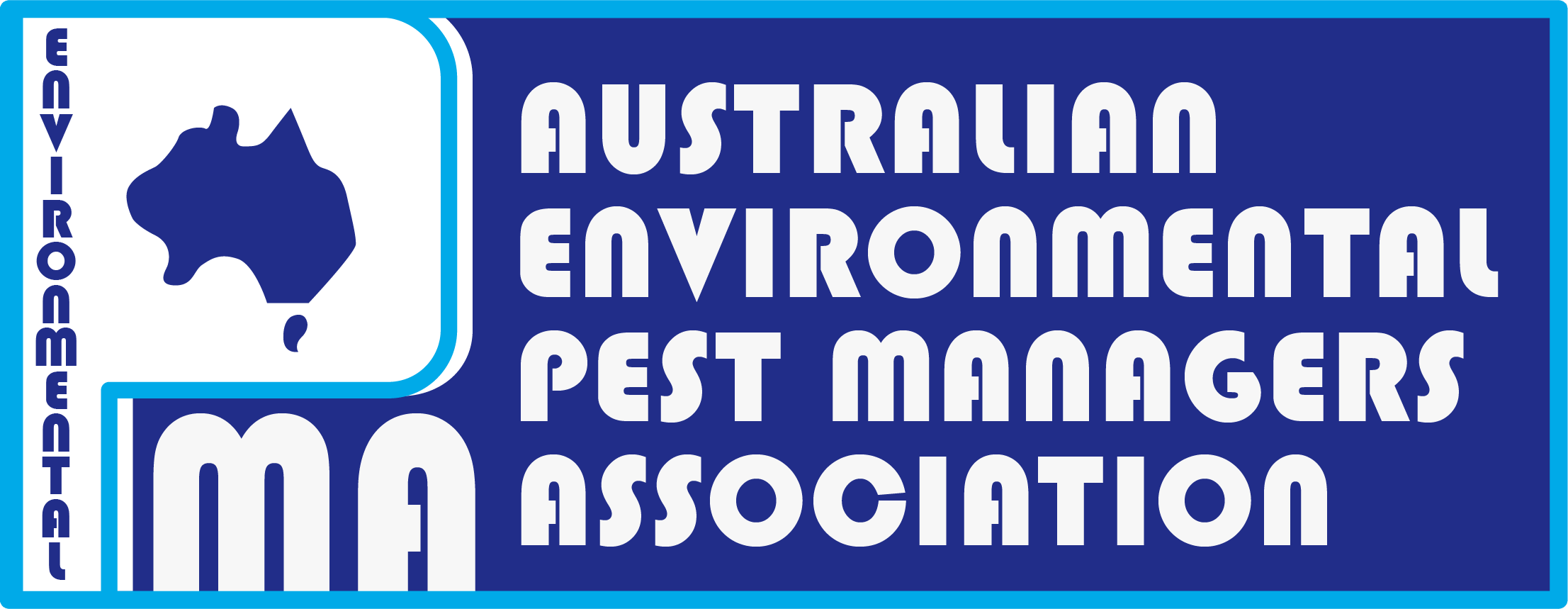
Highly Trained

Proof of Location
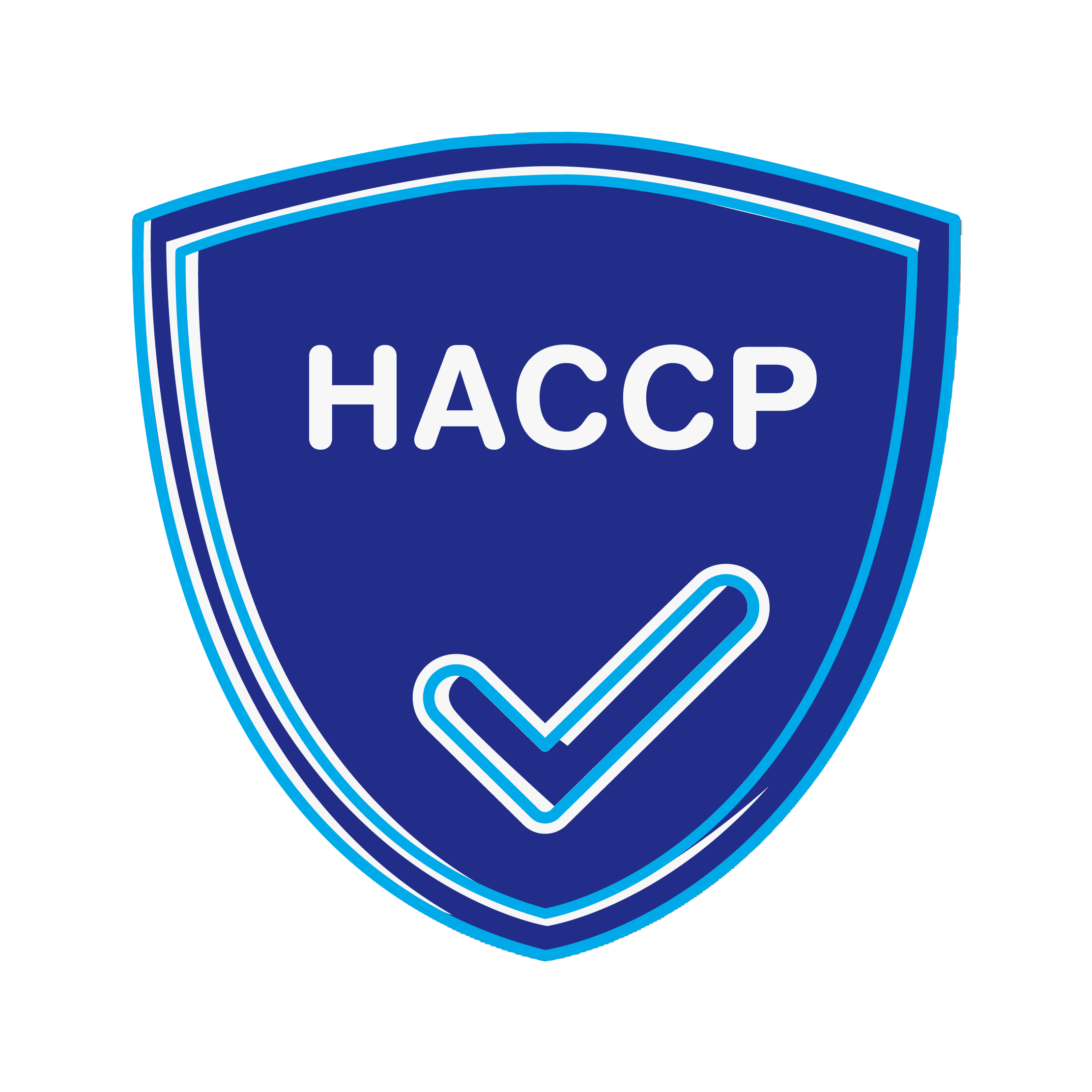
Compliance

Proof of work
Pest Control Services
warehouse pest control
Additional call-outs | Scheduled Inspections
We are available Mon-Sat 8 am – 5 pm to help with any other pest problems that might arise quickly and efficiently.
Scheduled Inspections- Our commercial pest control technicians will carry out your pest prevention and control program that works at your convenience and delivers the highest protection for your peace of mind.
Safe Pest Control has been a long member of the Australian Environmental Pest Managers Association and has comprehensive public liability & professional indemnity insurance coverage. Safe Pest Control is a Sydney-based commercial pest control company. With over 15 years of experience in commercial and industrial pest control. Safe Pest Control has helped many Sydney factories and businesses by providing comprehensive pest management treatment plans that help them stay pest-free and compliant. (Related: Pest Control For Pubs)
Why Choose Us

No Smell No Mess

100% Safe Cuaranteed Results

Experienced

Proof of Time & Location

Follow up checks with Every Services

All Year Round Protection
Commercial pest Solutions
Insects
There are many types of insect pests that are common problems in factories. Some of these include moths, weevils, cockroaches, beetles, silverfish and rodents. It may prove difficult to locate their exact locations due to the difficulty of finding their source without the knowledge and pest control experience in the factory. ( Read: Cafe Pest Control Services)
Rodents
Rodents, particularly rats and mice, pose a serious threat to many storage warehouses around Seven Hills, Blacktown and Penrith, as well as production facilities that store food, clothing, paper, or furniture. Rats and mice are known for their ability to chew through anything, even hard plastic or timber containers which is a major concern. This could lead to serious health problems in food processing or warehouses and lead to financial losses.
Birds
The birds may also make their homes in warehouses and factories. They can cause serious outbreaks of bird mites as well as sanitation problems and can have an adverse impact on employees and visitors. (Related: REAL ESTATE PEST CONTROL SYDNEY)
Freight & Transports
Pest control is an essential part of the supply chain and freight that is stored in nearby factories, warehouses, and depots. Infestation is also possible in transport vehicles. Even on aircraft, cockroaches and mice have been discovered at the airport. To reduce the chance of pest infestations and minimize downtime for businesses, a commercial pest prevention program should be in place in all locations where a vehicle is parked between travel. Pests to watch out for include rodents as well as cockroaches.
You can import stored product insects like Indian meal moth or rice weevil with food commodities, as well as different species of dry wood and subterranean termites or borers that can also be found in wooden furniture. (Read: Pest Control For Schools)
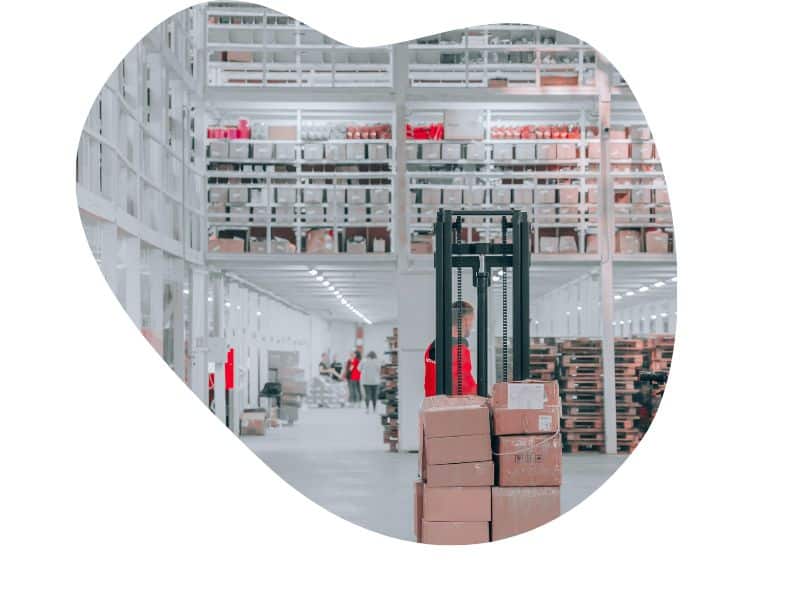
Rodent Control Sydney | Get Your Free Pest Quote Today!
Are you looking for a commercial pest control Sydney company to perform an inspection or termite management for your house or business? we are Sydney’s leading exterminators – but just don’t take our word for it. We have hundreds of positive Google reviews and many more satisfied clients. We cover the Greater Sydney area with qualified pest management technicians who are specially trained to deal with any pest infestation you may have. We offer a wide range of effective bug control and rodent control services. (Read: Pest Control For Offices)
